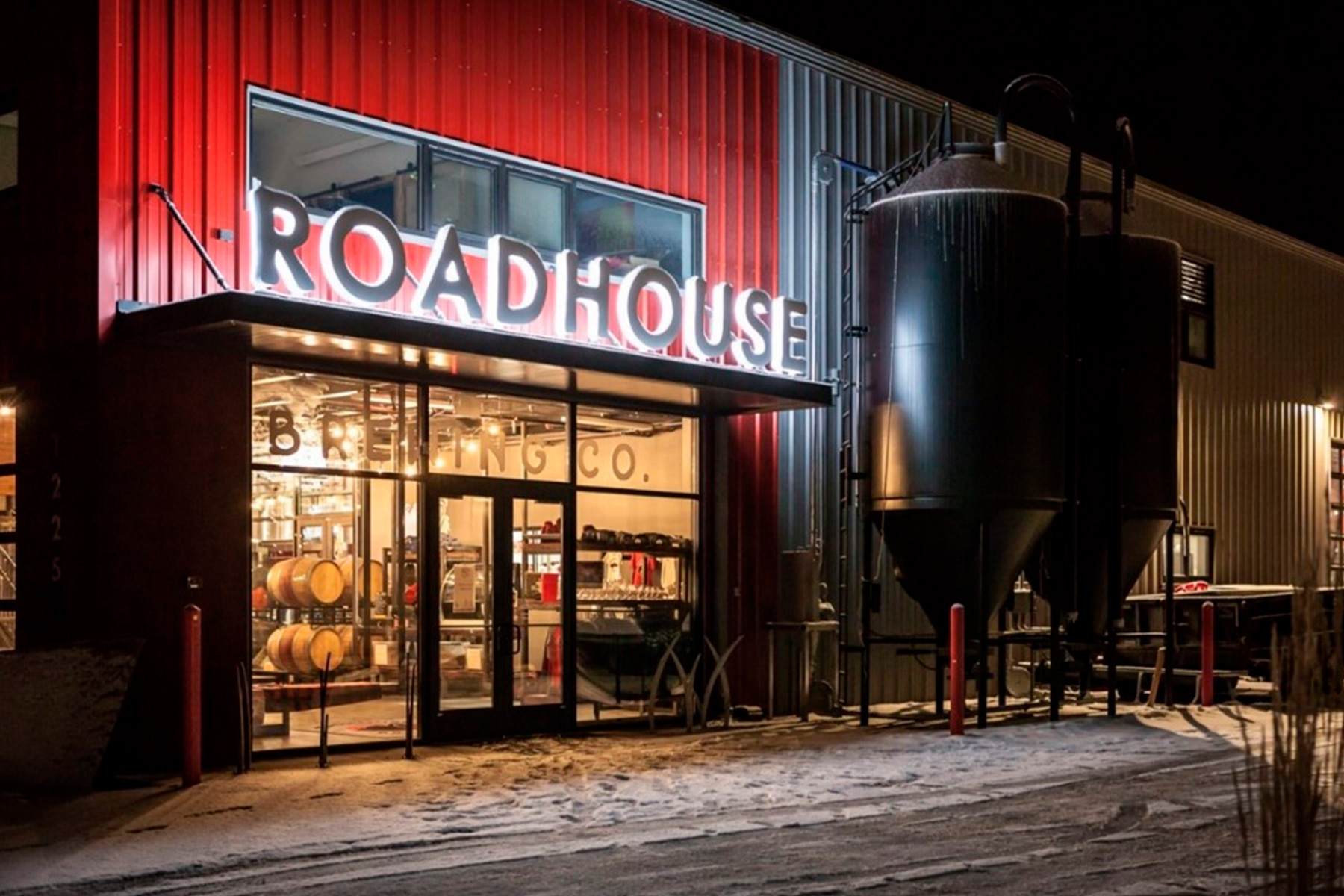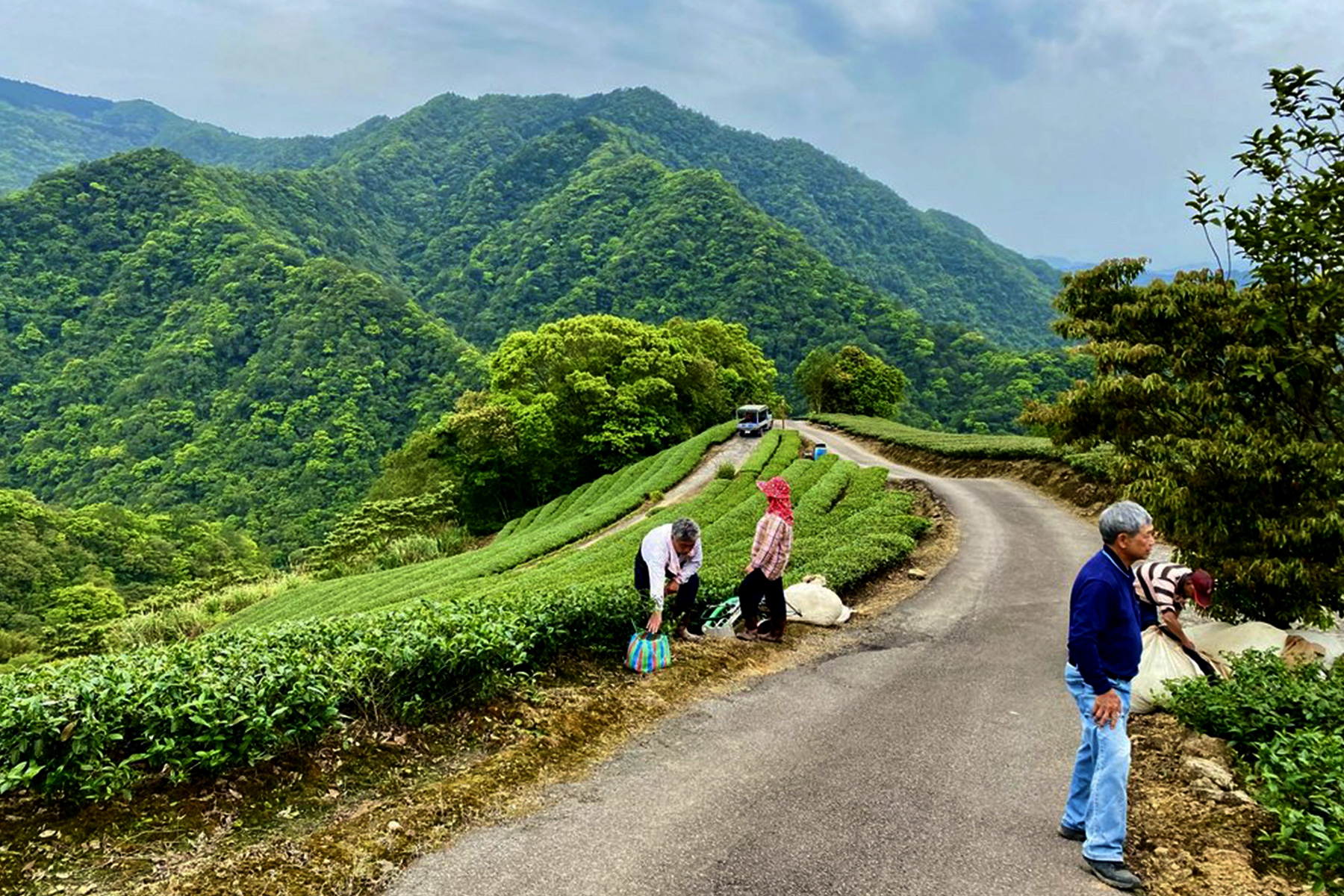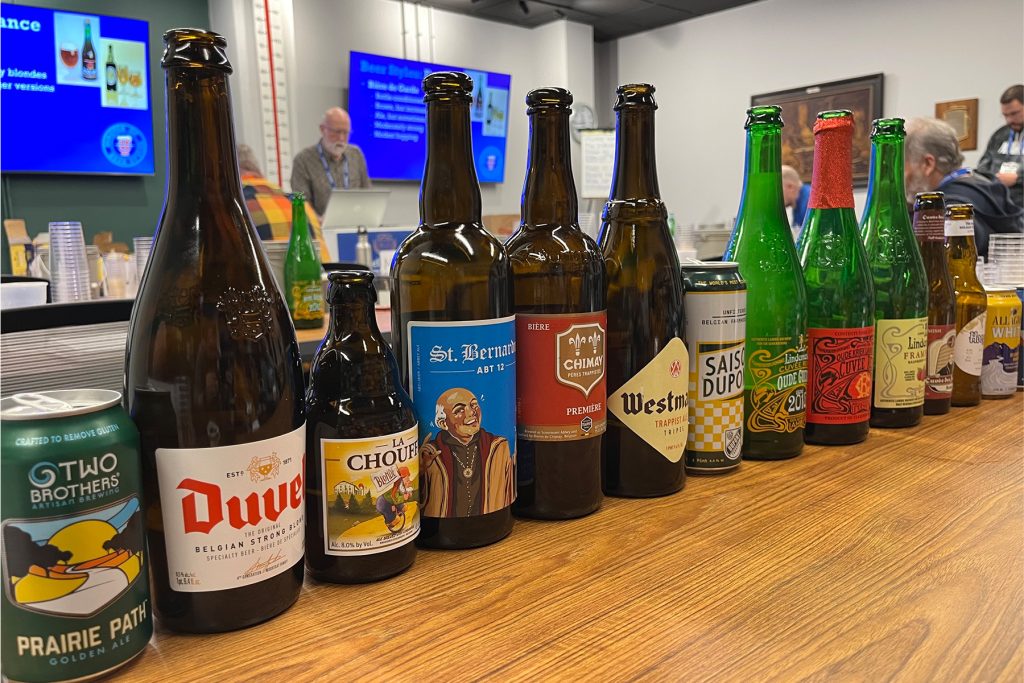
Back in the classroom, but it’s not quite as bad as you think, as the topic was all about beer! At the end of November, fellow Briess team member Nick Theisen and I had the opportunity to attend the Masters of Beer Styles and Evaluation course at the Siebel Institute of Technology in Chicago, Illinois.
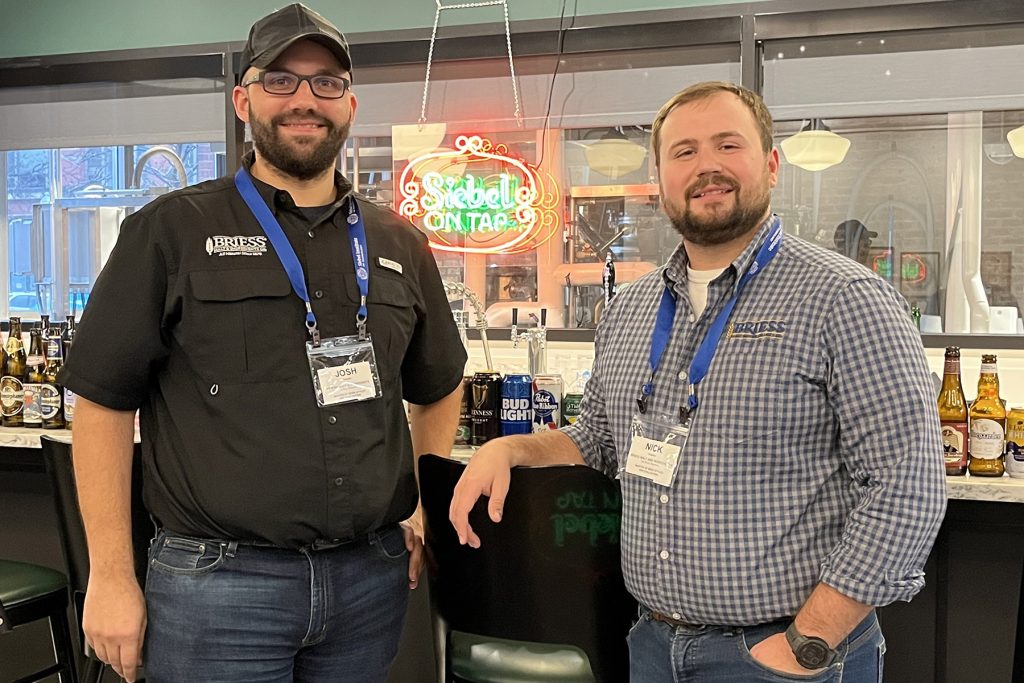
Briess has had a strong relationship with the Siebel Institute for many years with reciprocal sharing of knowledge in the malting and brewing disciplines. The four-day course featured opportunities for learning about dozens of unique beer styles from all over the world. Instructors Randy Mosher and Ray Daniels took us on the educational journey of both major and minor beer styles, their origin, history, and defining characteristics. A primary focus of this course was understanding the sensory characteristics of beer, how it is categorized into “styles”, and how these styles developed in a historical context, and then offered a unique opportunity to sample modern representatives of many of these styles
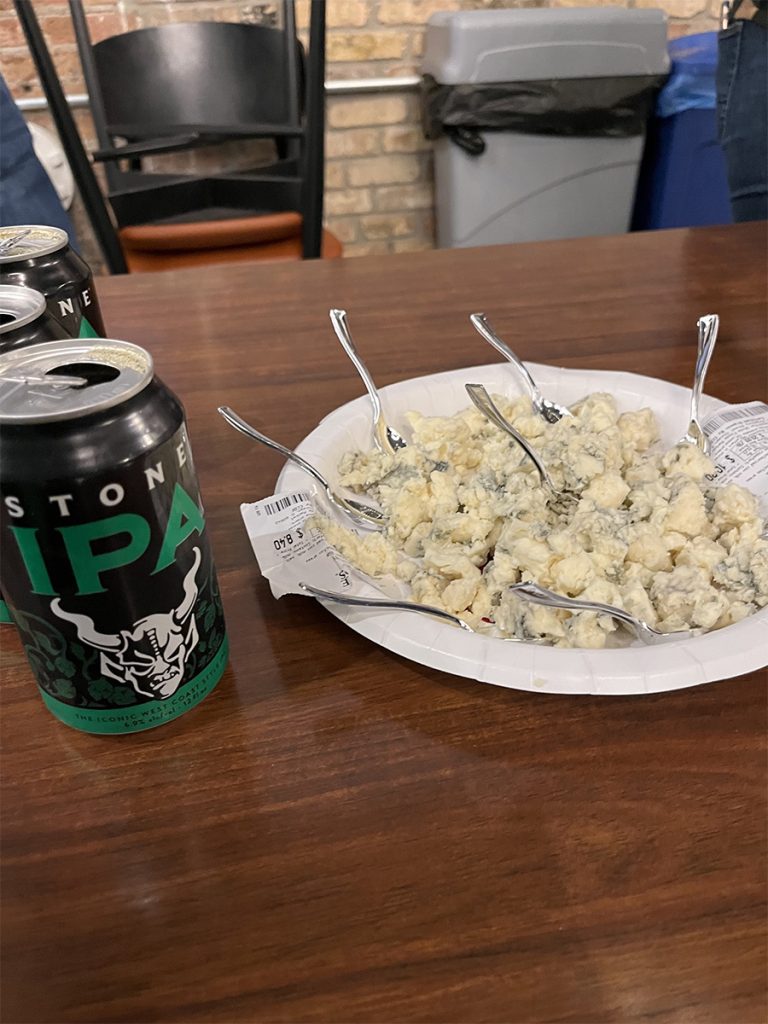
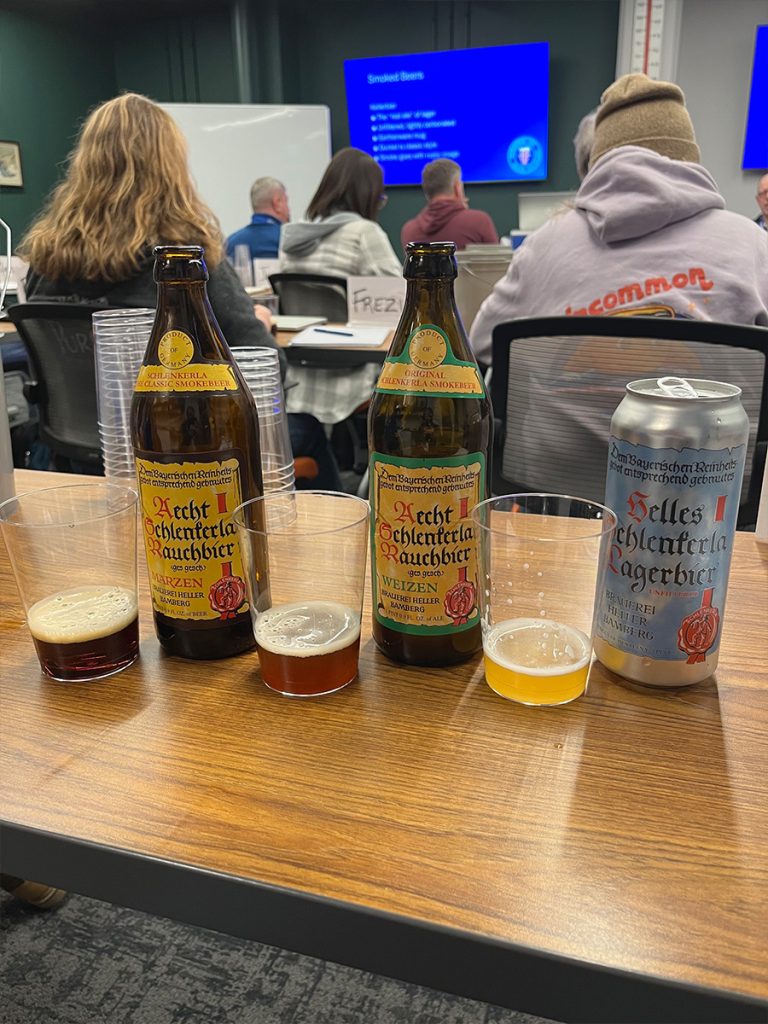
Our senses, taste, and smell have a major impact in deciding what you eat or drink, which holds true with individual beer preferences and how we perceive different flavors in beer. The brain has preprogrammed these senses, which are developed by initial experiences of a stimulus, but then adapt to new stimuli over time. Our taste buds detect basic flavors, such as salty, sweet, bitter, sour, and umami on the tongue. The sense of smell has more sensors and detects aromas with an oronasal (in through the nose) and retro nasal (in through the throat and out through the nose). These senses connect to the olfactory bulb, which sends cues to the amygdala to process and tie the specific aromas to memories. These sensations are processed in the limbic system to recall and reshape our sensory memories every time we taste or smell. While taste and smell play important roles in our daily experiences, vision is peoples’ dominant sensory input and has the most impact on daily life, including our experiences of eating and drinking (eating with your eyes). However, when considering beer, we not only use our senses, but background knowledge about the style of beer we may choose.
The rich diversity of beer styles is steeped in deep-rooted history going back centuries. The Master of Beer Styles and Evaluation course took a deep look into the history of beer cultures and their styles, and we learned that the geographic location where each style was developed gives you a significant amount of information as to why styles are the way they are. Historical beer styles were driven by the availability of ingredients, water source, season, climate conditions, technology, and even law. The availability of local ingredients, such as hops, grains, or even spices and fruits influenced the characteristics of specific styles. The wild and local yeasts, prior to the research and development of isolated strains, impacted what flavors were found geographically. Seasonality also influenced style. Historically, many breweries would avoid making certain styles or brewing completely during the summer months due to the higher temperatures and difficulties with controlling storage conditions for their beer.
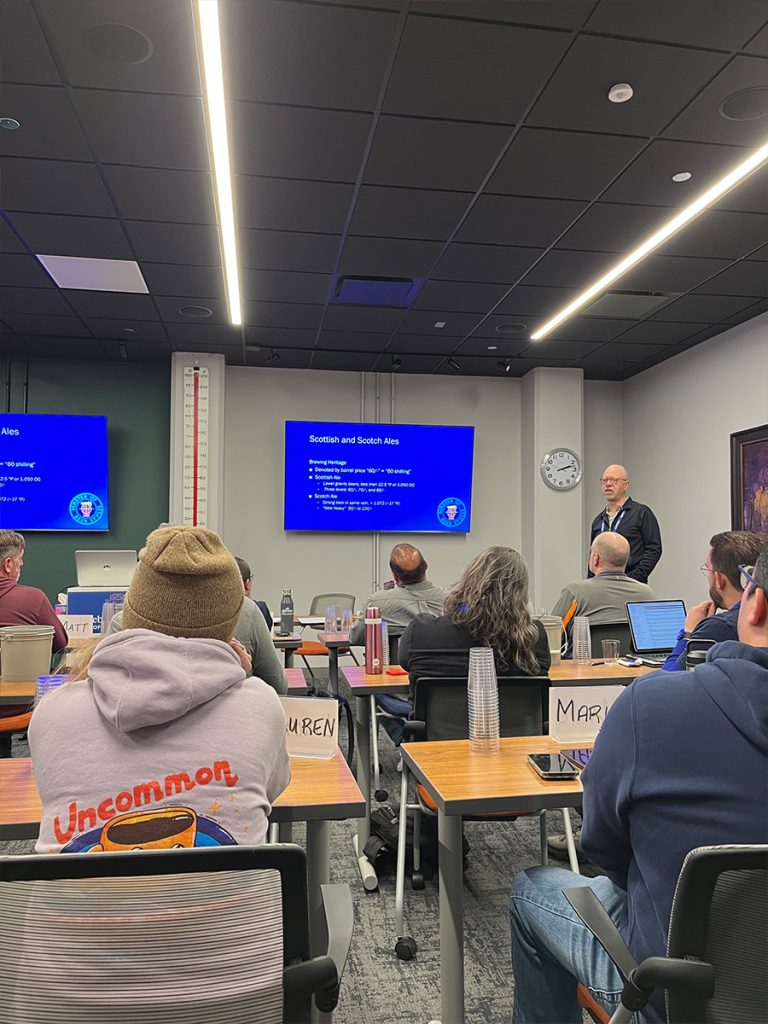
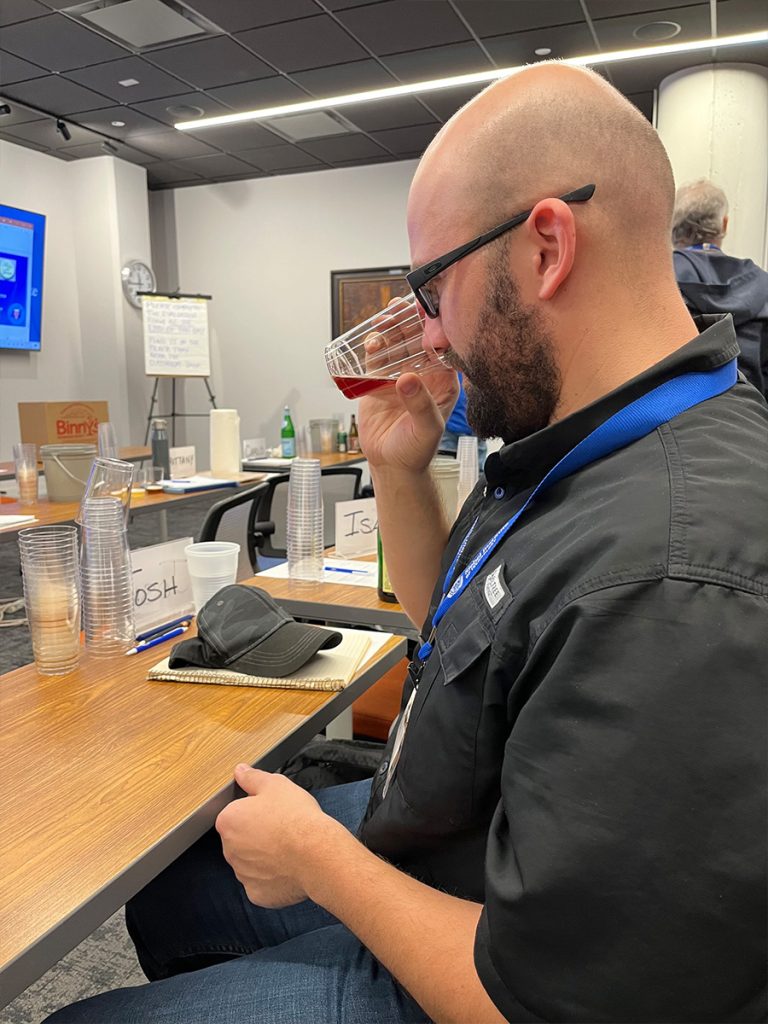
The technology of malting has a direct influence on the development of beer styles. In malting, the Maillard Reaction is the key process during kilning which results in the flavor and color of the malt. The flavors move from a light base malt (very grassy taste to light bread-like flavor) to darker base malts (a biscuit or graham cracker flavor). As malting technology has changed from direct to indirect heating, the types of malts available for brewing evolved and diversified. Regional malt, and therefore beers, could vary widely based on the grains, water, climate, and processes available to each particular brewery.
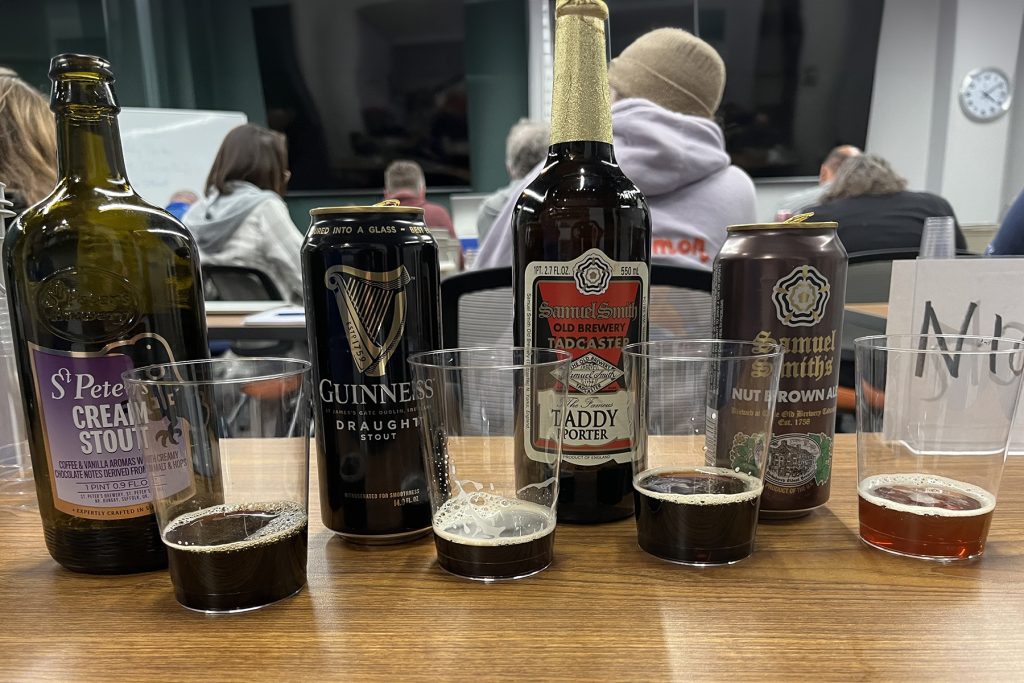
Time and technology have also allowed for the design of entirely new styles. For example, a common trend was to develop a higher alcoholic strength variation of an established style of beer. Bock beer, which is a malty, sweet, and lightly hopped beer, was originally made in Germany. A doppelbock style of beer was later developed to be sweeter and have a higher alcoholic content variation of the traditional bock and may have been developed by neighboring breweries trying to compete and provide unique products. The invention of the hydrometer and the subsequent understanding of the lower extract in brown malts (less extract = lower return) destroyed the style of a brown porter overnight in England. It was not until the development of roasting technology and dry-roasted black malts, that would bring the porter style as we know it today.
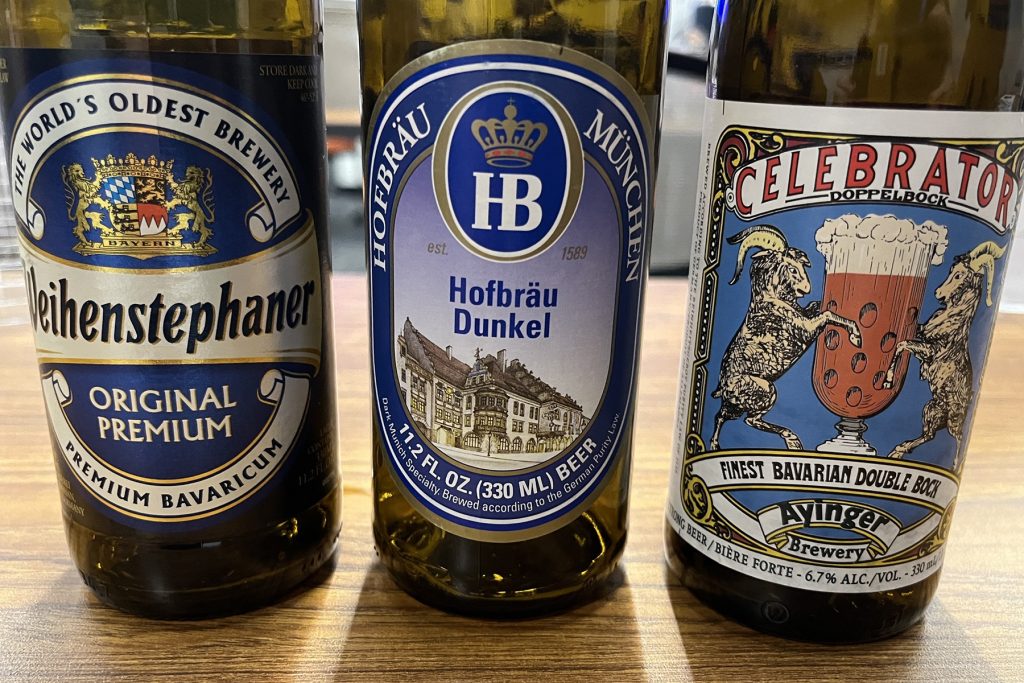
Styles are the language of beer, taking complex characteristics, history, and even geography and putting them into a simple name. Today, the Beer Judge Certificate Program competition guidelines recognize just over 160 unique styles. During the course, instructors Randy and Ray provided over 60 different examples of styles for the attendees to try as well as sensory notes for each. Every beer sampled, from Hoegaarden’s Witbier (Wheat beer), St. Bernardus Abt 12 (Quadruple), or a Pilsner Urquell (Pilsner lager) each had its own profile that set them apart. The entire team at Seibel was able to pass on an experience that shows off the world of brewing – not only what goes into brewing and beer development, but additionally the historical styles as well as the marketing of beer today.
The team’s knowledge and appreciation for beer brought about a course that offered an amazing opportunity to see, hear, smell, taste, and appreciate the essentials of the science and art of beer.

